As we step into 2025, the world is uniting like never before to address the urgent need for wildlife conservation. From groundbreaking laws to innovative technologies and global agreements, the fight to protect our planet’s biodiversity is gaining momentum. Climate change, habitat loss, and poaching continue to threaten species worldwide, but a wave of new initiatives is offering hope. This year, governments, organizations, and communities are stepping up with ambitious efforts to safeguard wildlife and restore ecosystems. Here’s a closer look at the transformative actions shaping 2025—and how you can be a part of the change.
1. The Endangered Species Act Gets a Boost in the U.S.
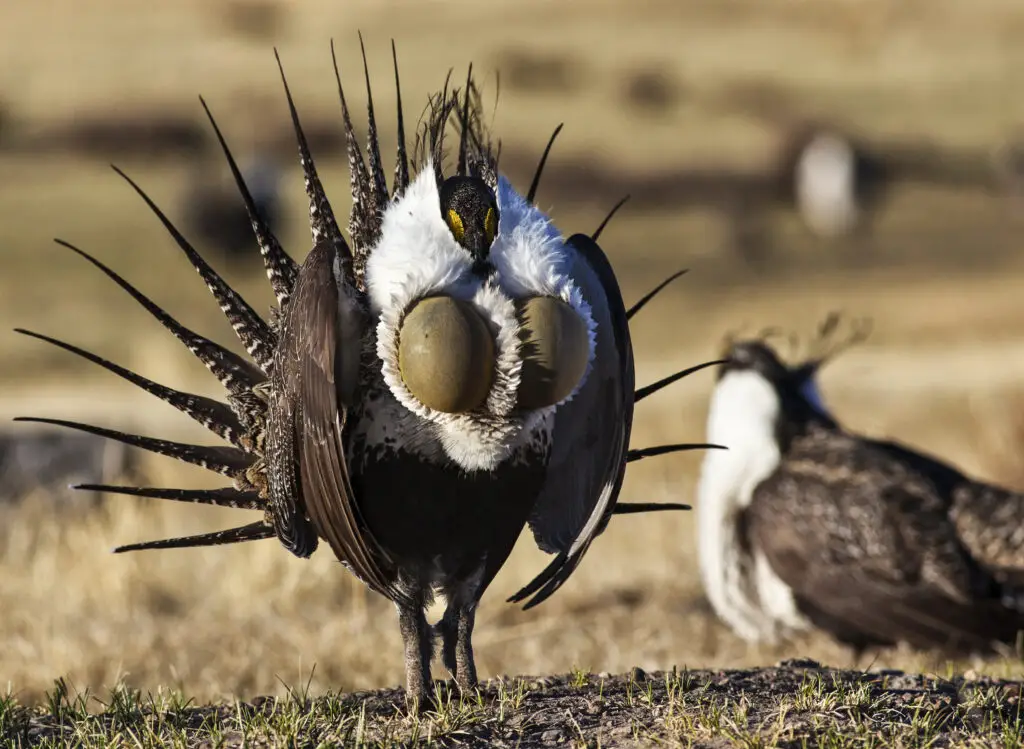
Flickr: Bureau of Land Management – Greater Sage Grouse
In 2025, the U.S. is doubling down on the Endangered Species Act (ESA) with new amendments to protect critical habitats. After years of rollback attempts, the Biden administration has reinforced protections for over 1,600 species. This includes stricter regulations on industries operating near sensitive ecosystems and increased funding for species recovery programs. A $2 billion initiative will focus on restoring wetlands, prairies, and forests. Public involvement is key—citizens are encouraged to support local wildlife corridors and hold industries accountable for compliance.
2. The EU’s Historic Nature Restoration Law

Shutterstock
In a landmark move, the European Union passed the Nature Restoration Law, the first of its kind, mandating the restoration of degraded ecosystems across the continent. By 2030, 20% of Europe’s ecosystems must be restored, including rivers, wetlands, and forests. This ambitious law also introduces measures to reduce pesticide use, aiding pollinators like bees and butterflies. Local governments will enforce rewilding projects, while farmers receive subsidies to adopt eco-friendly practices. Citizens can participate by planting native species and supporting green infrastructure projects in their communities.
3. Global Push to End Deforestation by 2030
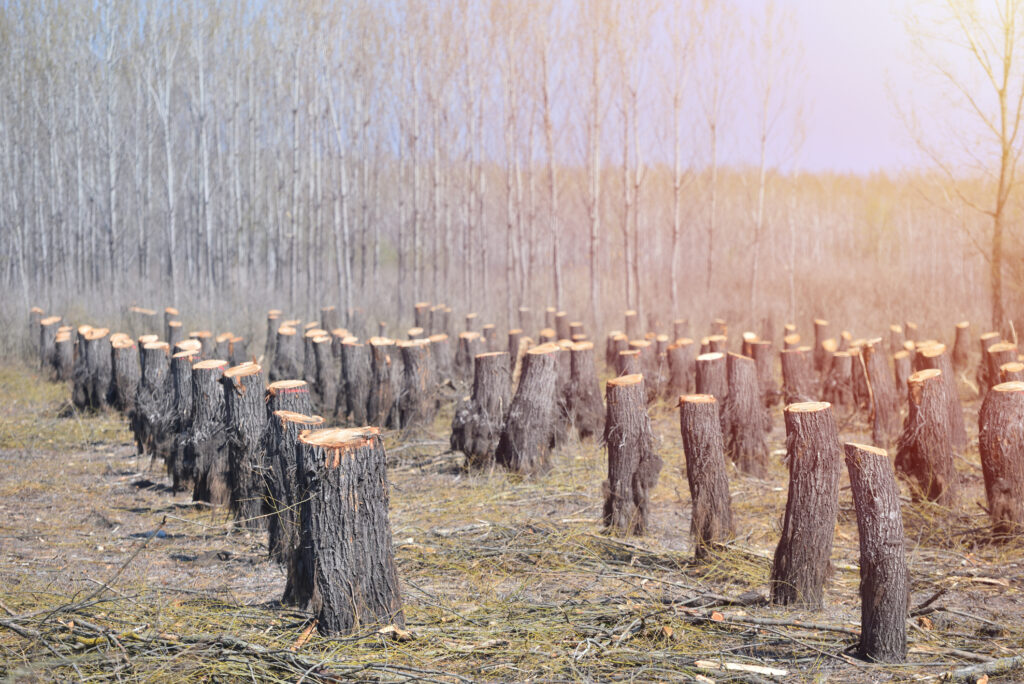
iStock: Credit:Daniel Chetron
The 2021 Glasgow Climate Pact pledged to end deforestation by 2030, and 2025 is the year many nations ramp up their efforts. Brazil, Indonesia, and the Democratic Republic of Congo have announced stricter enforcement against illegal logging, while corporations like Nestlé and Unilever pledged to eliminate deforestation from their supply chains. This includes monitoring tools like satellite imaging to track deforestation in real time. To support these efforts, consumers can choose sustainably sourced products and pressure companies to adopt transparent practices.
4. CITES Expands Protections for Marine Life

Shutterstock
The Convention on International Trade in Endangered Species (CITES) is implementing new protections for marine species in 2025. Shark and ray species, including the endangered hammerhead shark, have gained additional safeguards to curb illegal fishing and trade. Countries like Japan and the Philippines are investing in marine sanctuaries to protect coral reefs and migratory species. Divers and ocean lovers can get involved by supporting eco-tourism initiatives and participating in reef cleanups to reduce marine pollution.
5. Rewilding the United Kingdom

Shutterstock
The UK is leading the way in rewilding, with initiatives to reintroduce species like lynx, beavers, and wildcats into their natural habitats. In 2025, new legislation will protect rewilding areas from development, and communities are encouraged to support these efforts by creating wildlife-friendly gardens and participating in citizen science programs. These projects not only help restore biodiversity but also combat climate change by sequestering carbon. Visitors to rewilding sites can contribute by respecting wildlife guidelines and avoiding disruptive activities.
6. India’s Landmark Anti-Poaching Laws
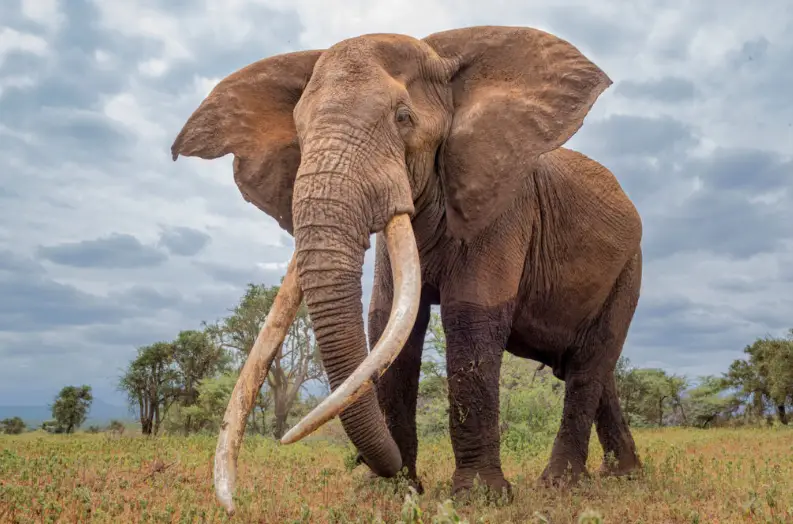
Flickr
In response to rising poaching incidents, India has enacted its toughest anti-poaching laws yet, increasing penalties for offenders and expanding protected areas. The Wildlife Protection Amendment Act 2025 includes the use of drones and AI surveillance to monitor vulnerable species like tigers and elephants. Nonprofits are working with communities near wildlife reserves to provide alternative livelihoods, reducing human-wildlife conflict. Visitors to national parks can support these efforts by choosing ethical safari operators and respecting park rules.
7. Canada’s Boreal Forest Agreement
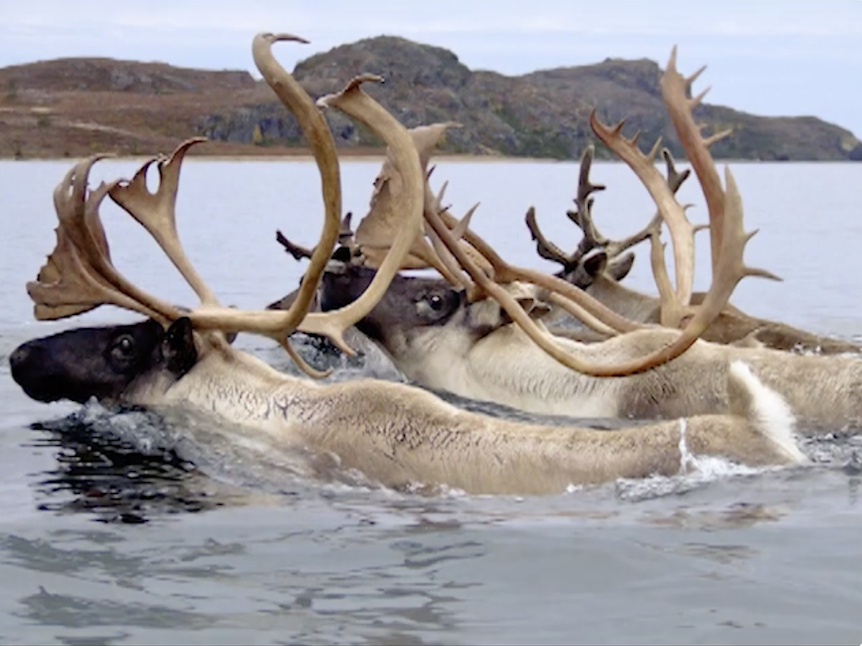
YouTube
Canada is taking major steps to protect its boreal forests, home to caribou, lynx, and countless bird species. A new agreement between the government and Indigenous leaders will safeguard 30% of these forests by 2030, with 2025 marking the start of large-scale conservation projects. Indigenous communities will co-manage these areas, ensuring sustainable practices rooted in traditional knowledge. Tourists visiting Canada’s wilderness are encouraged to support Indigenous eco-tourism initiatives that prioritize conservation.
8. African Nations Strengthen Rhino Protection

iStock: fishcat007
2025 brings renewed efforts in Africa to protect rhinos from poaching. South Africa and Kenya are expanding anti-poaching units with state-of-the-art technology, including GPS collars and drones. The Big 5 Rhino Initiative is focusing on breeding programs to boost populations in the wild. Safari companies are working to create “rhino safaris” that educate visitors about the species’ plight. Travelers can help by donating to reputable wildlife organizations and avoiding products linked to wildlife trafficking.
9. Australia’s Koala Conservation Act

Pixabay
With koalas listed as endangered, Australia is implementing the Koala Conservation Act 2025, which includes preserving eucalyptus forests and creating new wildlife corridors. Local governments are also introducing stricter regulations on land clearing, and communities are planting millions of native trees. Wildlife hospitals are expanding their capacity to treat injured koalas, while schools will introduce koala conservation programs. Residents can volunteer at tree-planting events or donate to organizations restoring koala habitats.
10. Corporate Conservation Initiatives
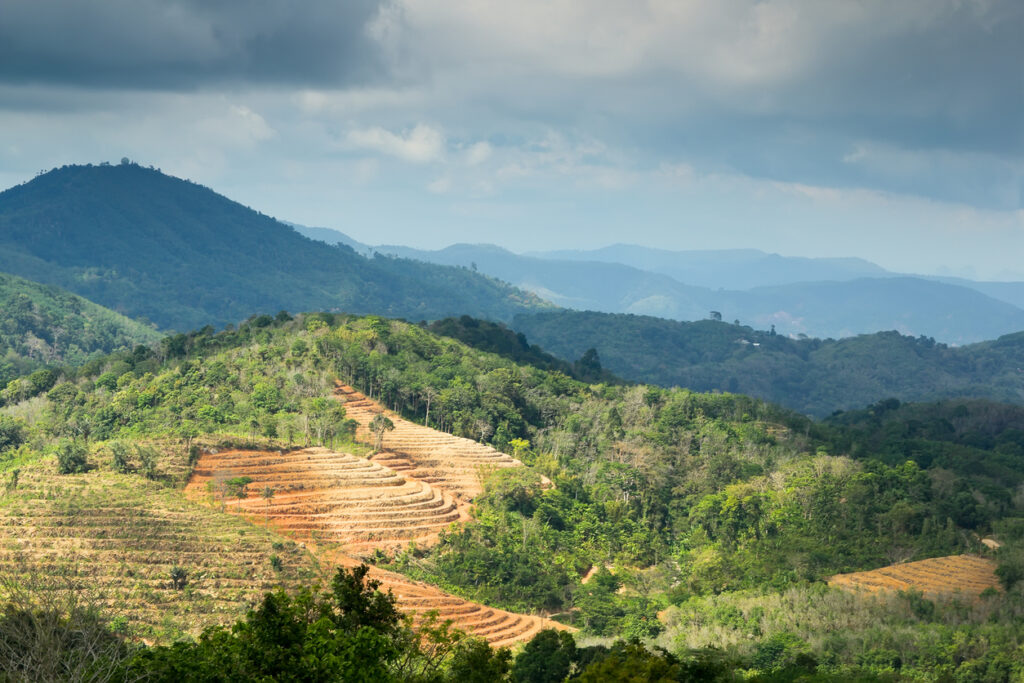
iStock: ElenaSeychelles
Companies like Patagonia, IKEA, and Apple are leading corporate conservation efforts for 2025. From funding reforestation projects to reducing their carbon footprints, these businesses are proving that profit and sustainability can coexist. Apple’s “Restore Earth” campaign focuses on replenishing mangroves, while IKEA invests in restoring degraded farmlands. Consumers can amplify these efforts by supporting brands committed to transparency and sustainability.
11. UN’s Decade on Ecosystem Restoration

Stockcake
2025 marks the midpoint of the UN Decade on Ecosystem Restoration (2021–2030), a global initiative to reverse ecosystem degradation. Countries worldwide are scaling up tree-planting programs, wetland restoration, and coral reef recovery projects. This year’s focus is on engaging youth, with schools integrating ecosystem education into their curriculums. Individuals can participate by joining local restoration events or starting small-scale projects, like creating pollinator gardens or cleaning up rivers.
12. The Rise of Citizen Science

iStock: microgen
Citizen science is revolutionizing wildlife conservation in 2025. Apps like iNaturalist and eBird allow individuals to document species sightings, helping researchers track biodiversity trends. Community-driven initiatives like coastal cleanups and wildlife surveys are gaining traction worldwide. Participating in these projects doesn’t require expertise—just a smartphone and a passion for nature. By contributing to data collection, citizens play a vital role in shaping conservation policies.
13. Turkmenistan Joins CITES to Combat Wildlife Trafficking
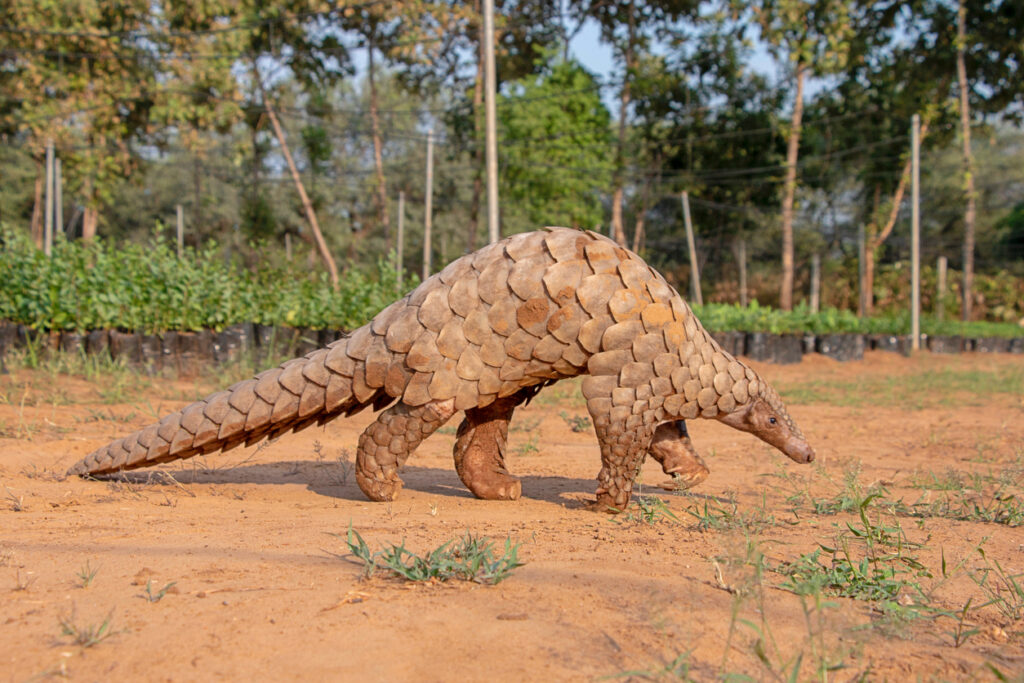
iStock: Vicky_Chauha
In January 2025, Turkmenistan became the 185th party to the Convention on International Trade in Endangered Species of Wild Fauna and Flora (CITES), strengthening wildlife trade regulations in Central Asia. This move aims to curb the illegal trafficking of species like the saker falcon and the Caspian seal. Turkmenistan’s participation enhances regional cooperation, ensuring sustainable trade practices and better enforcement against poaching. Citizens can support these efforts by raising awareness about the importance of wildlife conservation and reporting any illegal activities to authorities.
14. California’s Joshua Tree Conservation Act
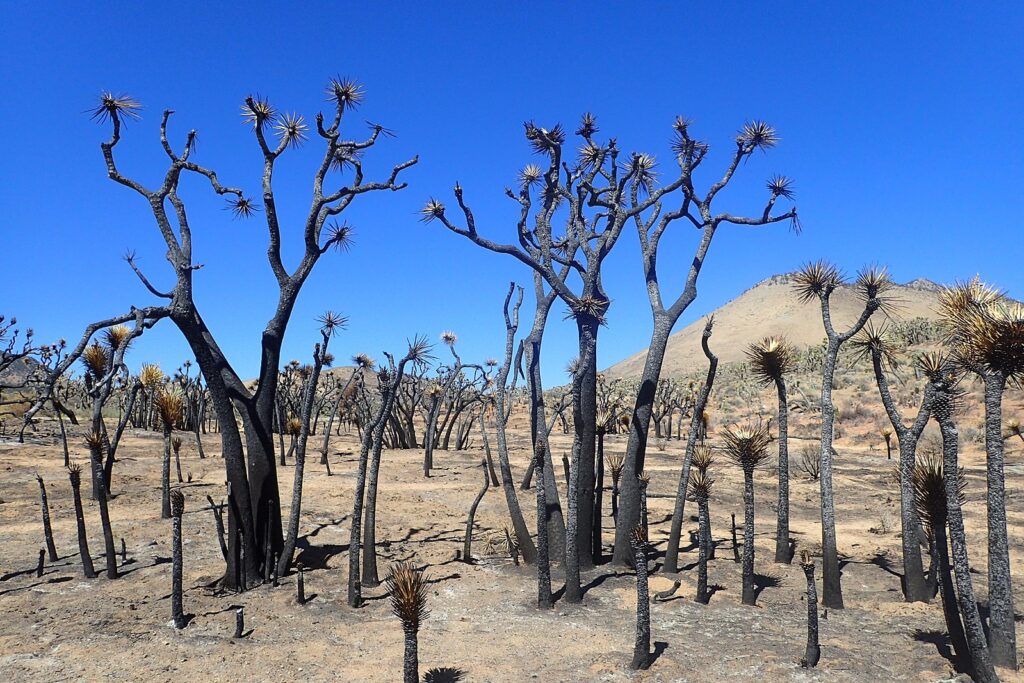
Wikipedia
In response to threats from wildfires, development, and climate change, California enacted the Joshua Tree Conservation Act in 2025. The comprehensive plan includes mitigating overgrazing, controlling invasive species, and rehabilitating burned areas. A key goal is permanently protecting 70% of designated Joshua tree habitats by 2033. Public involvement is encouraged through community-led conservation projects and adherence to guidelines that minimize human impact on these iconic trees.
15. U.S. Proposes Endangered Species Act Protection for Giraffes

Shutterstock
In late 2024, the U.S. Fish and Wildlife Service proposed listing giraffes under the Endangered Species Act, with the rule expected to be finalized in 2025. This proposal aims to address the nearly 30% decline in giraffe populations since the 1980s, caused by poaching, habitat loss, and climate change. The listing would regulate imports and provide financial assistance for conservation efforts. Public comments are being solicited to inform the final decision.
16. AI-Powered Acoustic Monitoring for Wildlife Conservation
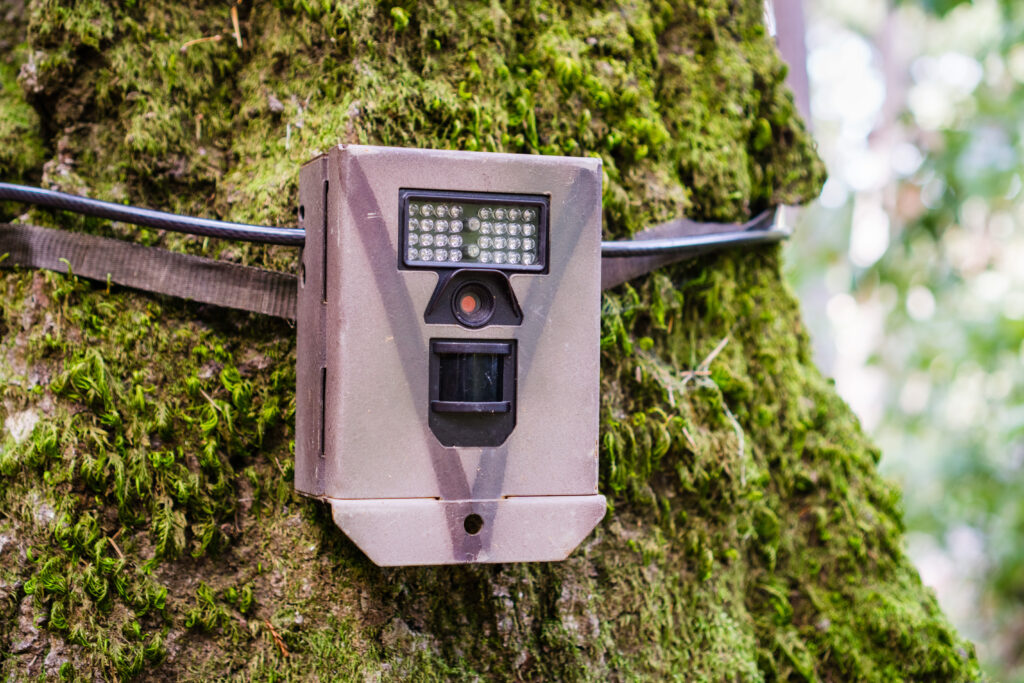
iStock
In 2025, conservationists are deploying AI-driven acoustic monitoring systems to track endangered species in real-time. Projects in Costa Rica and Colombia utilize solar-powered devices to record animal calls, with AI analyzing the data to monitor populations and detect threats. This technology enables large-scale, non-invasive monitoring, providing critical data to inform conservation strategies. Individuals can contribute by supporting organizations that develop and implement these innovative technologies.
17. COP16 Advances Global Biodiversity Framework
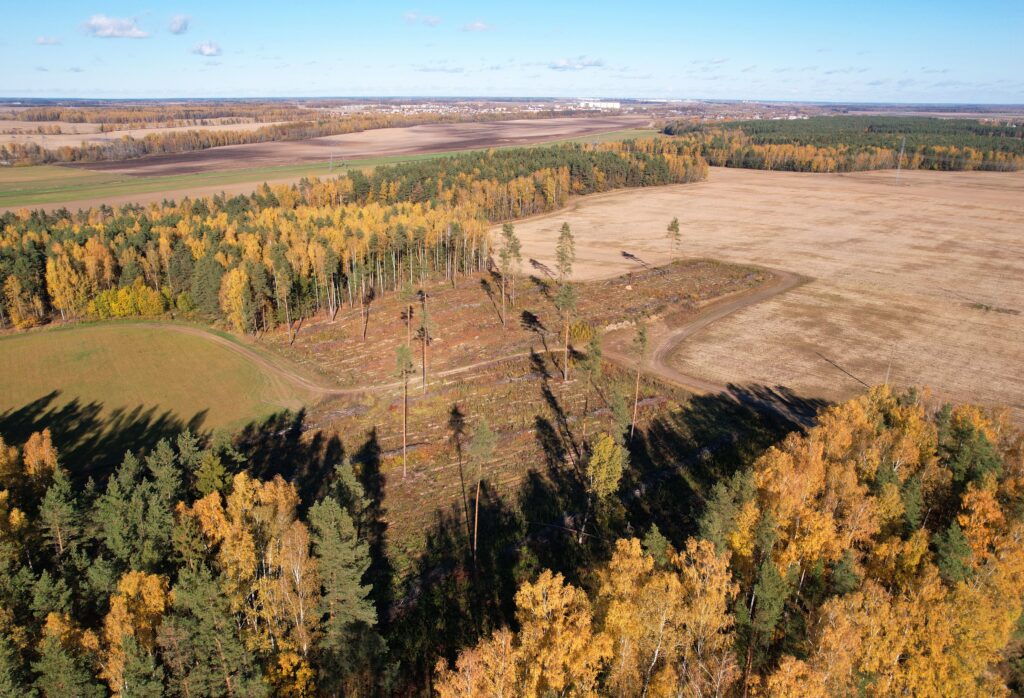
Shutterstock
The 16th World Biodiversity Conference (COP16), held in Cali, Colombia, in late 2024, set the stage for significant conservation actions in 2025. Delegates focused on implementing the Kunming-Montreal Framework, aiming to halt biodiversity loss by 2030. Key targets include protecting 30% of land and seas and restoring degraded ecosystems. The conference emphasized the need for increased financing and international cooperation to achieve these goals. Public engagement and support for policy implementation are crucial for success.
18. Community-Led Conservation Initiatives in Kenya
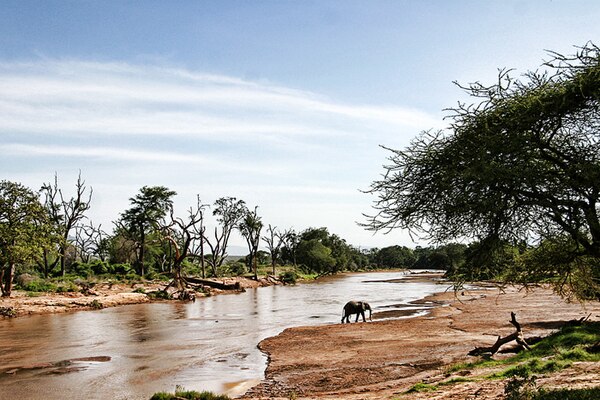
Wikipedia
In 2025, Kenya’s community-based conservation models are gaining recognition for their effectiveness. Initiatives like the Ol Pejeta Conservancy integrate ecotourism with sustainable land use, benefiting both biodiversity and local economies. These approaches involve local communities as integral partners, ensuring that conservation efforts are inclusive and culturally appropriate. Tourists can support these models by choosing responsible travel options that contribute to local conservation and development.
19. Global Efforts to Address Wildlife Migration Disruptions
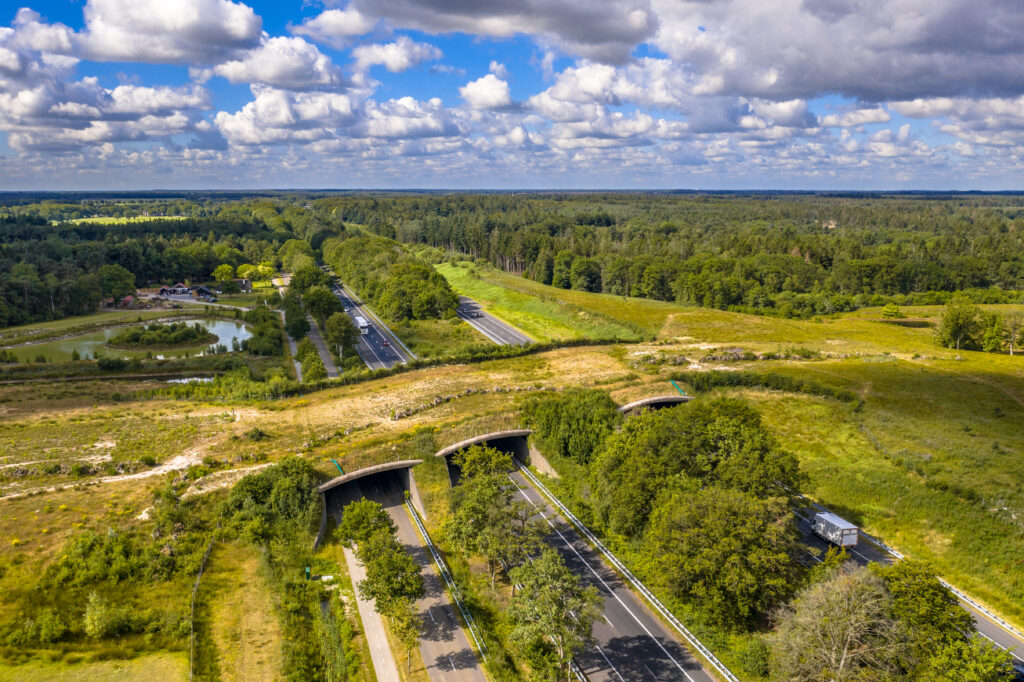
Shutterstock
As climate change and habitat fragmentation threaten wildlife migrations, 2025 sees increased efforts to reconnect habitats. Initiatives include constructing wildlife corridors and crossings to facilitate safe animal movement. Policies like President Biden’s plan to preserve 30% of land and water by 2030 aim to protect migratory routes. Public support for these projects and sustainable land-use practices are essential to their success.
20. World Wildlife Day 2025 Focuses on Conservation Finance

iStock: razihusin
Celebrated on March 3, 2025, World Wildlife Day highlights “Wildlife Conservation Finance: Investing in People and Planet.” The event serves as a platform to discuss innovative financing solutions to halt biodiversity loss, engaging private sector stakeholders and raising awareness about the economic value of wildlife conservation. Individuals can participate by attending events, supporting conservation funding initiatives, and spreading awareness about the importance of investing in nature.
2025 is shaping up to be a pivotal year for wildlife conservation, but success depends on all of us. While laws and global agreements lay the groundwork, real change requires community involvement, corporate responsibility, and individual action. From planting native species to supporting sustainable products and raising awareness, every effort counts. The challenges are significant, but so is the potential for progress. By working together, we can create a future where wildlife and people thrive in harmony. The time to act is now—because protecting wildlife isn’t just about saving species; it’s about preserving our shared planet.


